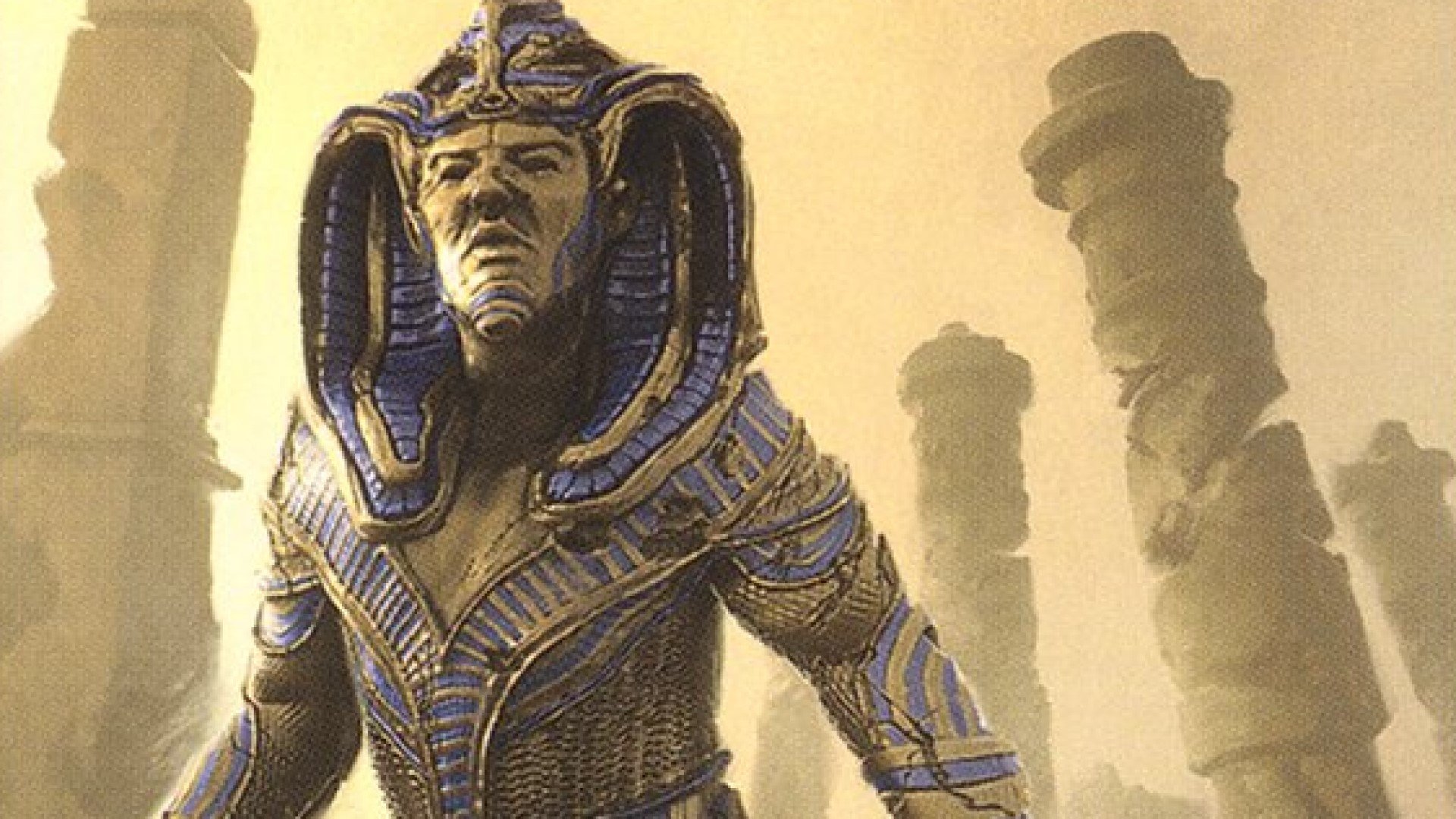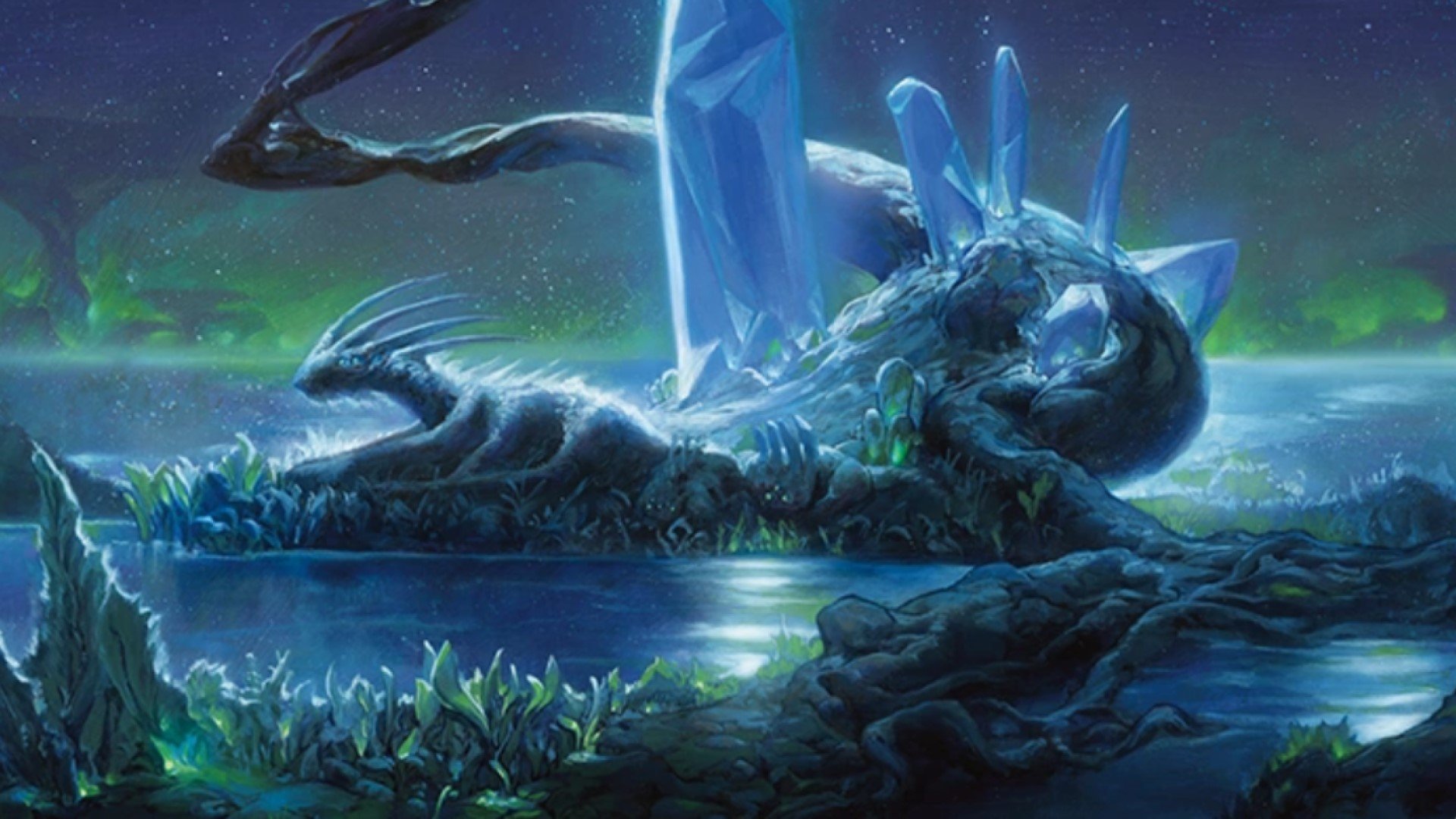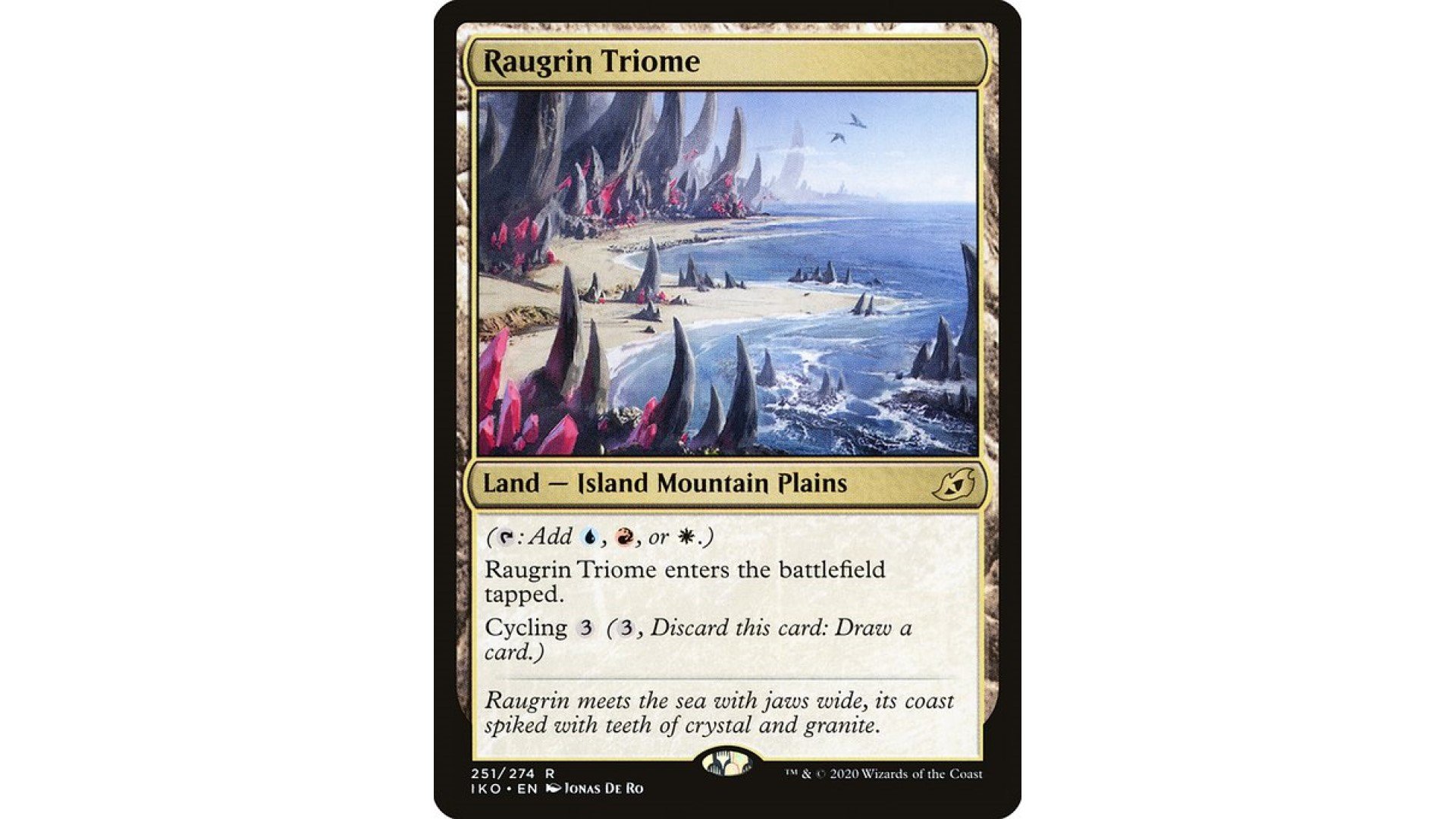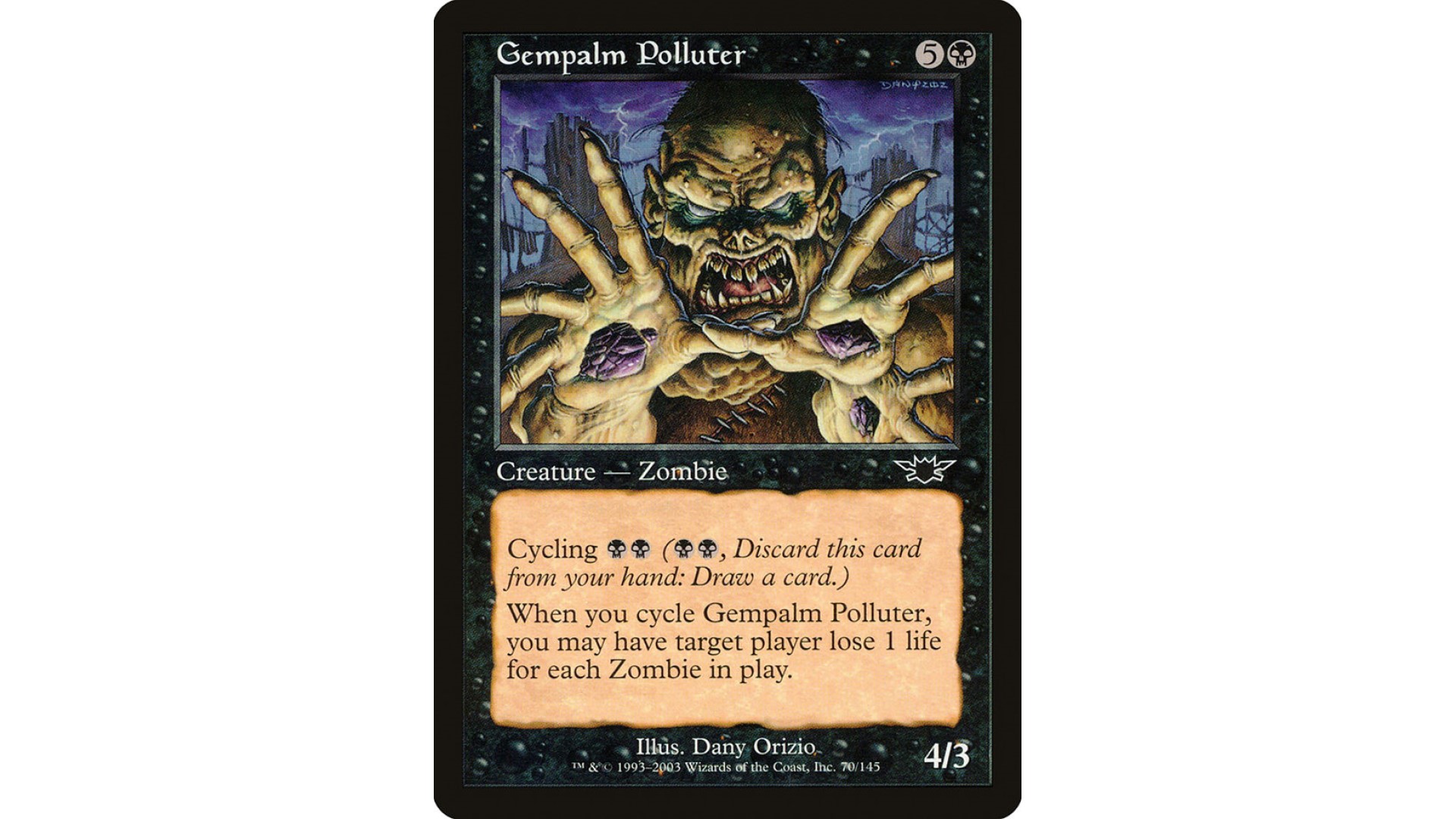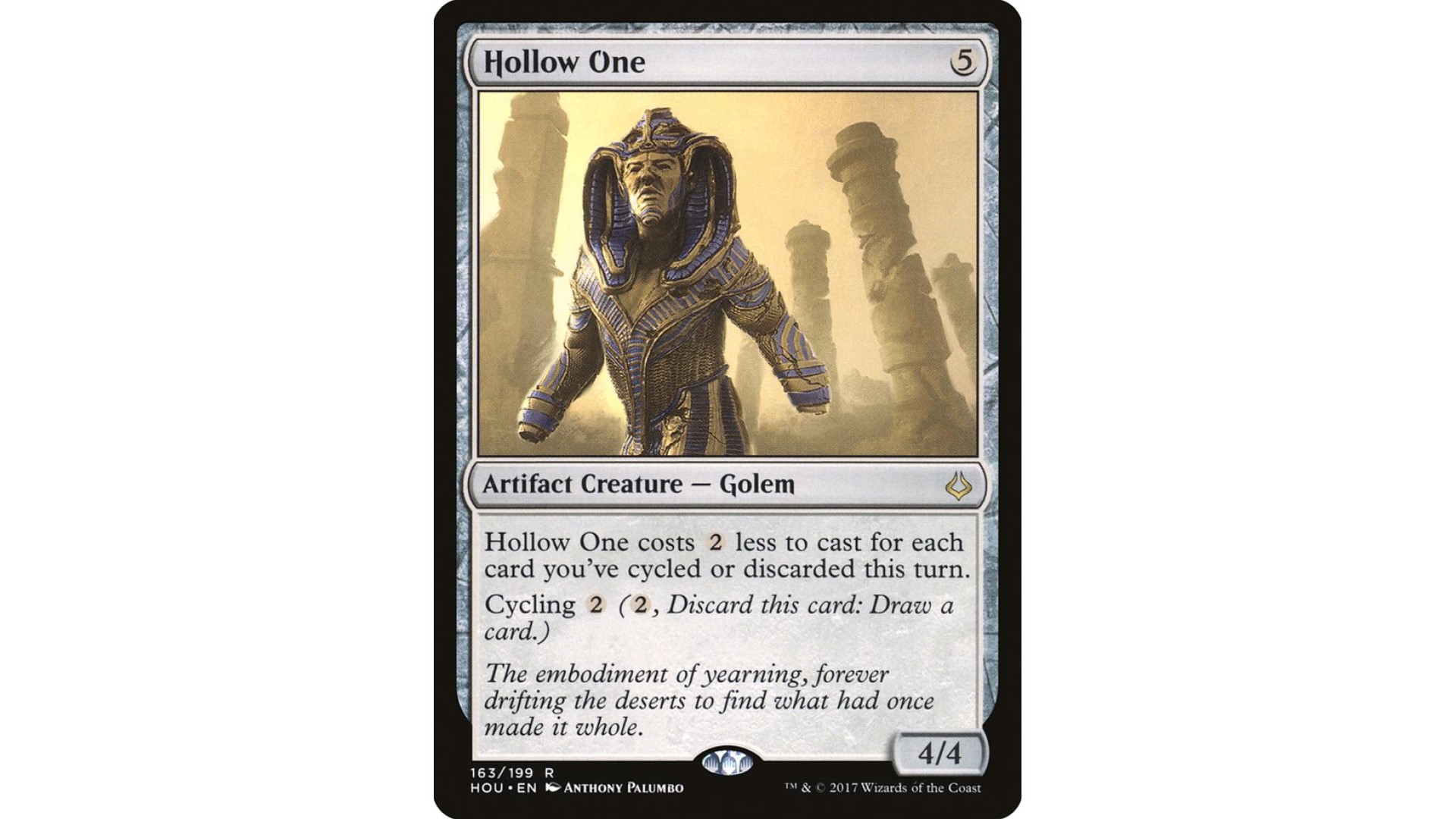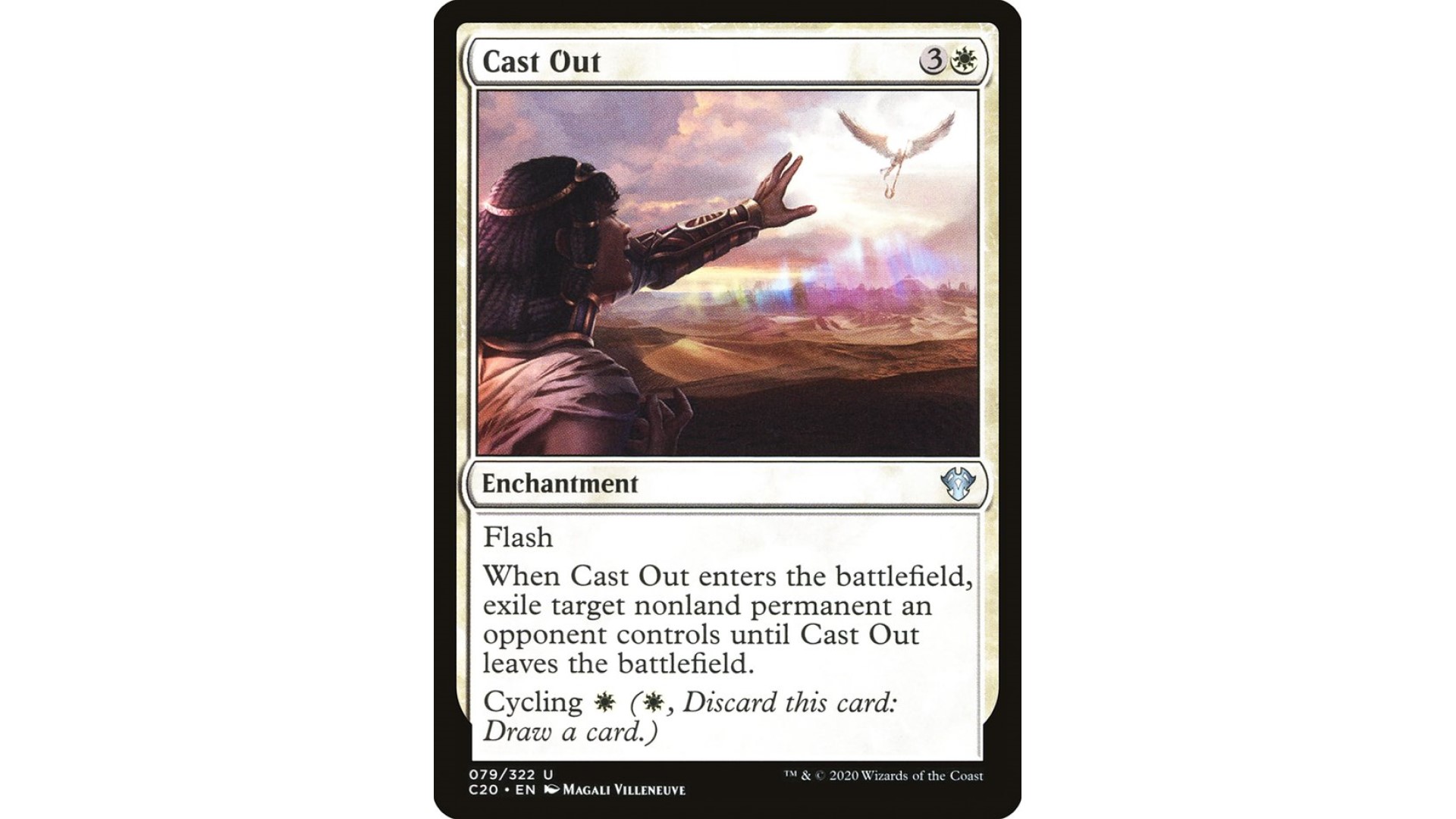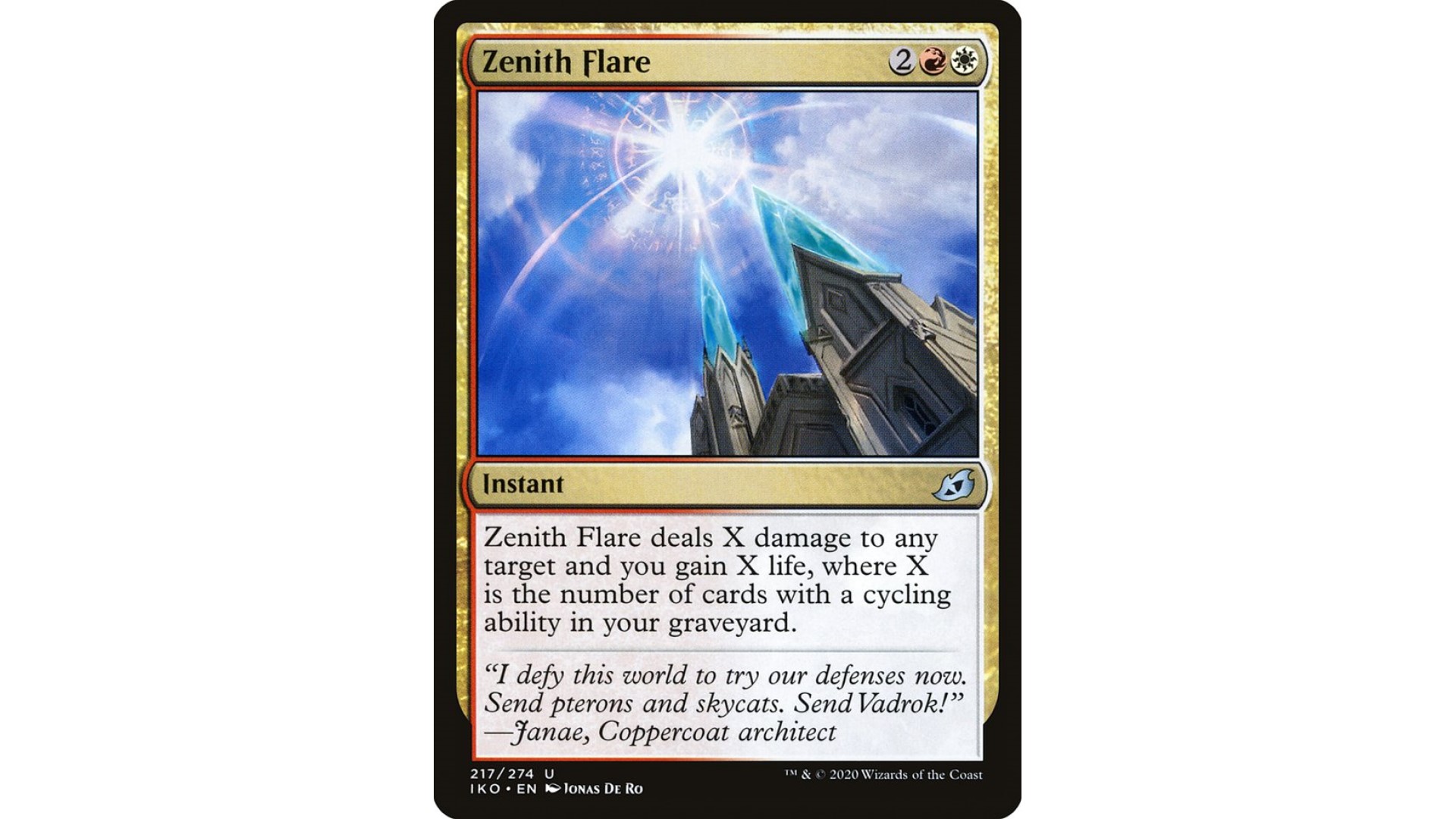In Magic: The Gathering, sometimes you’ll have a handful of rubbish, your best cards disobediently hiding somewhere within your deck. That’s when MTG Cycling is at its best. This keyword ability lets you pay a cost to discard a Cycling card, and then draw a new one. It synergises well with other cards that care about your graveyard or discarding or drawing cards – and there are plenty of dedicated Cycling synergies too. Here we’ll cover the history of the Cycling keyword, exactly how the mechanic works, and some of the top MTG Cycling cards.
Got a general case of keyword confusion? You may need our MTG Companion, MTG Cascade, and MTG Hexproof guides. And while you’re here, feel free to check out all the MTG 2023 release dates and MTG Arena codes.
MTG Cycling history
Cycling first appeared in the Urza’s Saga expansion in 1998, but it was actually designed a little earlier. Richard Garfield came up with the concept the year before, and originally planned to put Cycling into Tempest – but the set already had too much going on.
Over 200 cards have featured MTG’s Cycling keyword, or some variant of it, and since the keyword was created it’s popped up across plenty of sets, in Alara, Time Spiral, Amonkhet, and Ikoria, to name a few. However, it wasn’t until mid-2022 that MTG head designer Mark Rosewater considered the mechanic deciduous. That term means Cycling can appear in any set, but it won’t show up as frequently as evergreen keywords like MTG Lifelink.
MTG Cycling rules
In Magic, Cycling can be done at instant speed, so you can use the ability whenever you have priority. It’s an activated ability, which means it goes on the stack. That means other players can respond to it. Cycling can’t be countered by most counterspells, but counters that work against activated or triggered abilities can shut it down.
Almost all MTG Cycling cards require you to pay an amount of mana as a cost to trigger the discard and draw effect. Wizards has made a few cards – like Edge of Autumn – with a non-mana Cycling cost, but that’s a design space it’s not revisited since. Some cards have a triggered ability that happens as you cycle them – for instance Shark Typhoon makes a token when you ditch the card.
While the basic ‘discard and draw one’ Cycling card is by far the most common type, there are a large number of cycling variants. Rather than drawing a card, some versions let you search your library for a card of a specified type. For instance, Slivercycling, which appears on the card Homing Sliver, lets you search your library for an MTG Sliver card, while Ash Barrens, which has Basic Landcycling, lets you tutor up any basic land.
The best MTG Cycling cards
Ikoria (and New Capenna) tri-lands
Cycling goes great on MTG lands, because you always need lands at the start of a game, but they’re basically dead cards by the end. The Ikoria tri-lands are great for fixing, count as three basic land types, and can be cycled away at the cost of three mana. The cycle of cards was completed in 2022 with Streets of New Capenna’s mafia boss headquarters.
Gempalm Polluter
A great card in zombie tribal decks, Gempalm Polluter lets you drain your opponent based on the size of your undead horde. If your foe has blockers causing bother for your shambling legions, the polluter can often provide the reach you need to close out the game. There’s a whole cycle of tribal gempalm cards in this vein – the goblin and MTG elves versions are particularly good.
Hollow One
The key card in a Modern archetype, Hollow One is powerful, not for its MTG Cycling ability, but because you can play it for a reduced cost. If you can find a way to cycle or discard three cards, you can play it absolutely free, allowing for an explosive turn if you’ve got multiple copies in hand.
Cast Out
Cast Out is a very straightforward MTG Cycling card – it’s an oblivion ring effect that you can chuck away if you don’t have a good target. It also has the MTG Flash keyword, so you can quite easily catch your opponent unawares with it.
Zenith Flare
Zenith Flare doesn’t have Cycling itself, but it was the key card in Ikoria’s red-white Cycling draft archetype. Zenith Flare was somewhat broken in the format – it could end games out of the blue extremely quickly, and any deck lucky enough to pick up multiple copies was pretty unstoppable.

